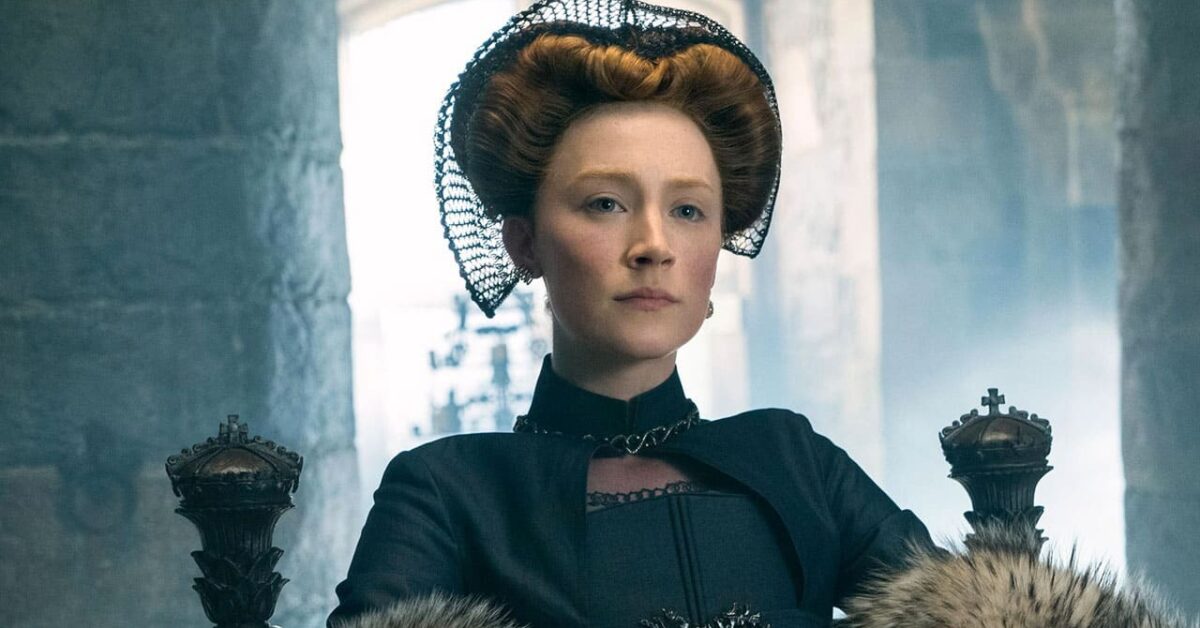Mary Queen of Scots is a real historical character who inspired many films: here is the true story behind the events brought to the screen by the 2018 film!
Mary Queen of Scots is a historical film released in Italian cinemas in 2018. It has as protagonists, in the roles of two historical figures of great importance as the Queens of England and Scotland, a pair of actresses as popular as they are talented. To interpret the beautiful and exiled Queen of Scots is Saoirse Ronan (The Lovely Bones, Hanna, Lady Bird), while as the popular Queen of England Elizabeth I is the beautiful Margot Robbie (Once Upon a Time in Hollywood, The Wolf of Wall Street).
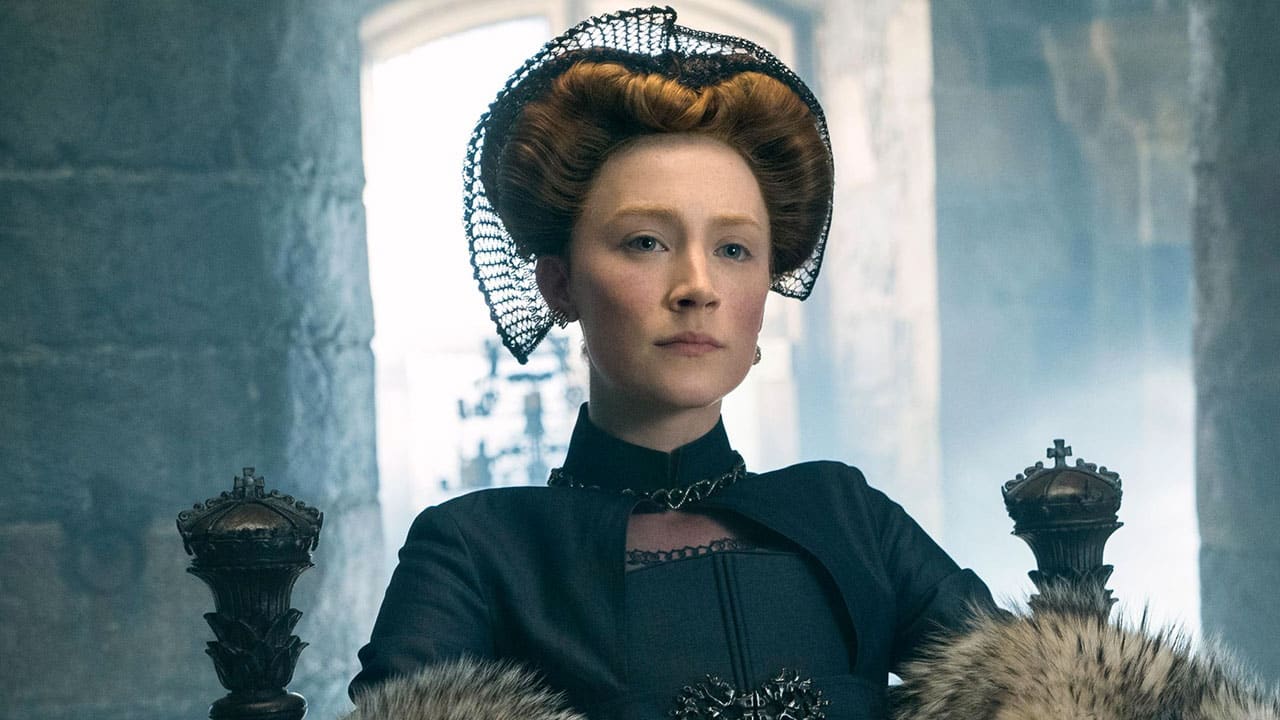
The film divided the audience but the critics were mainly very positive for the main performances, but also for thehistorical setting, fictionalized but also faithful to the events that really took place between the two sovereigns, faithful to the styles of the clothes and hairstyles of the time. Anyone who has seen the film or knows the story knows that it doesn’t end well for the character played by Saoirse Ronan, Queen Mary, but what happened Really?
Mary Queen of Scots: What’s Really Behind Josie Rourke’s Film?
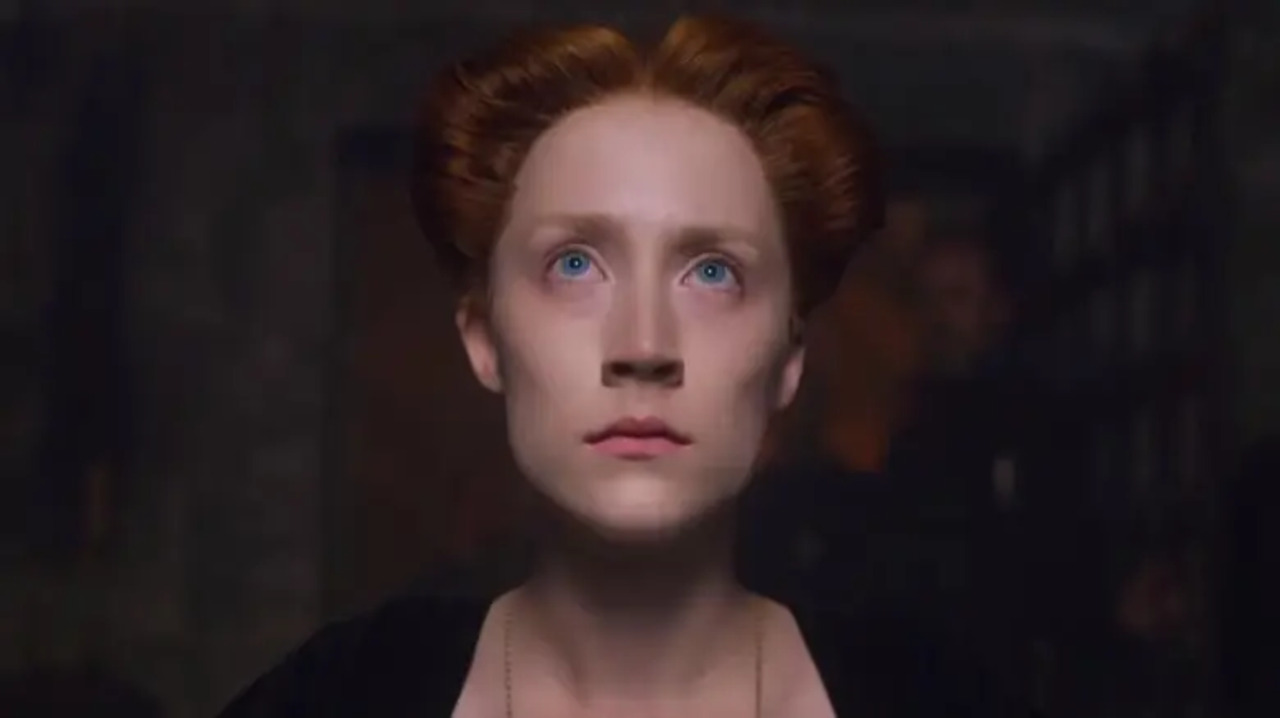
Mary Queen of Scots tells in a careful and romantic, yet historically accurate way, the story of the rivalry between two great queens: Mary I, Queen of Scots and Elizabeth I, the most famous Queen of England in history. To give life to the two protagonists, blood cousins but forced to war by dynamics greater than them, are the two very good actresses Saoirse Ronan and Margot Robbie. In particular, Robbie’s interpretation has been noted by critics, who have often called her the “best Elisabeth ever brought to the screen“.
To interpret the same role, other legendary performers such as the star of Tar, Cate Blanchett. But what is historically proven in the film? The movie is therefreely adapted from the novel My heart is my own: The Life of Mary Queen of Scots Of John Guy, but the events are chronologically accurate and really happened to the young and unfortunate ruler. Let’s discover together the history of this incredible rivalry and how it changed the fortunes of two countries.
The story of a young ruler fighting for her life
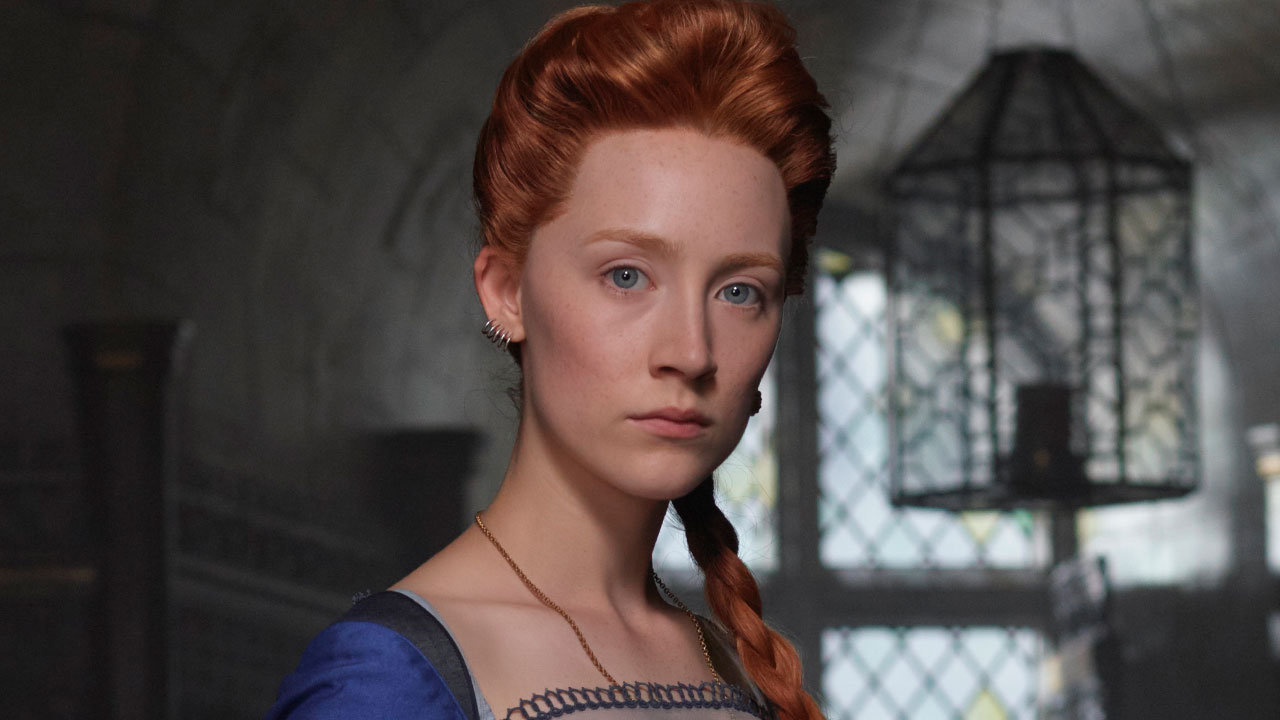
The Young Queen of Mary Queen of Scots she became sovereign of France by marriage at a very young age, i.e. at sixteen, but was widowed after two years: at eighteen she was back in her native Scotland. From her return to her homeland, she begins her lifelong war: Scotland has in fact become a Protestant country and the young queen finds herself having to tame her rebel lords as well as the current sovereign of England, Queen Elizabeth I .
Maria Stuarda, the last of her dynasty, tries to bring back the ancient customs and traditions in her country and is however forced by her cousin into a series of unions with men who do not share her views or who are very brutal. The conflict is religious but above all based on a single fear: that Mary would rightfully take the throne of England. Mary, mother of the future King James, successor of Elizabeth who had no heirs, became the rightful ascendant to the throne when her mother was forced to abdicate in favor of her. Thus, he would guarantee the future union of the countries.
The sad end of Maria Stuarda protagonist of Mary Queen of Scots it is the subject of many history lessons: accused by the lords loyal to Elizabeth of over-hatching various plots against her, she is finally indicted for the Babington plot with a document that bears her signature. Maria was sentenced to death for this by Elizabeth, her son Giacomo also tried to convert the sentence into exile. During her imprisonment, the young Maria did nothing but pray and she waited for the moment of her execution, stating that she couldn’t wait for her pains to end.
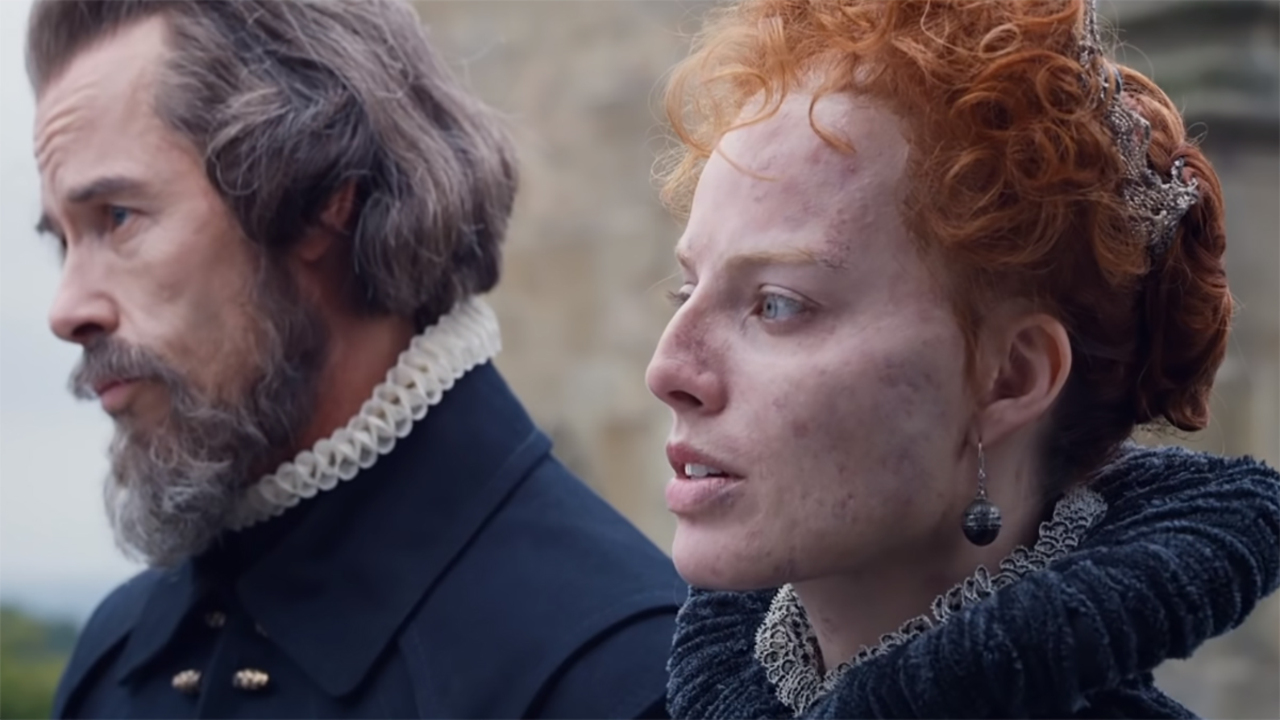
It is said and is reported by a lot of official documentation of the time, that al moment of its execution she was stripped of her usual clothes, and wore a red bodice with red sleeves: the symbol and color of Christian martyrdom. Her last words were: “Into your hands Lord, I entrust my spirit“. The phrases reported in the film are also famous, which underline the Catholic faith and the great goodness of the sovereign. She granted her forgiveness to her executioners, forced to kill her, stating: “I forgive you with all my heart because I hope you put an end to all my problems“.
It is not clear whether Queen Elizabeth really showed remorse – as shown in the film – in sentencing her cousin to death, but a letter proves that the choice was forced and certainly not intended. after all, could she ever let go of the one she had conspired to kill her?

